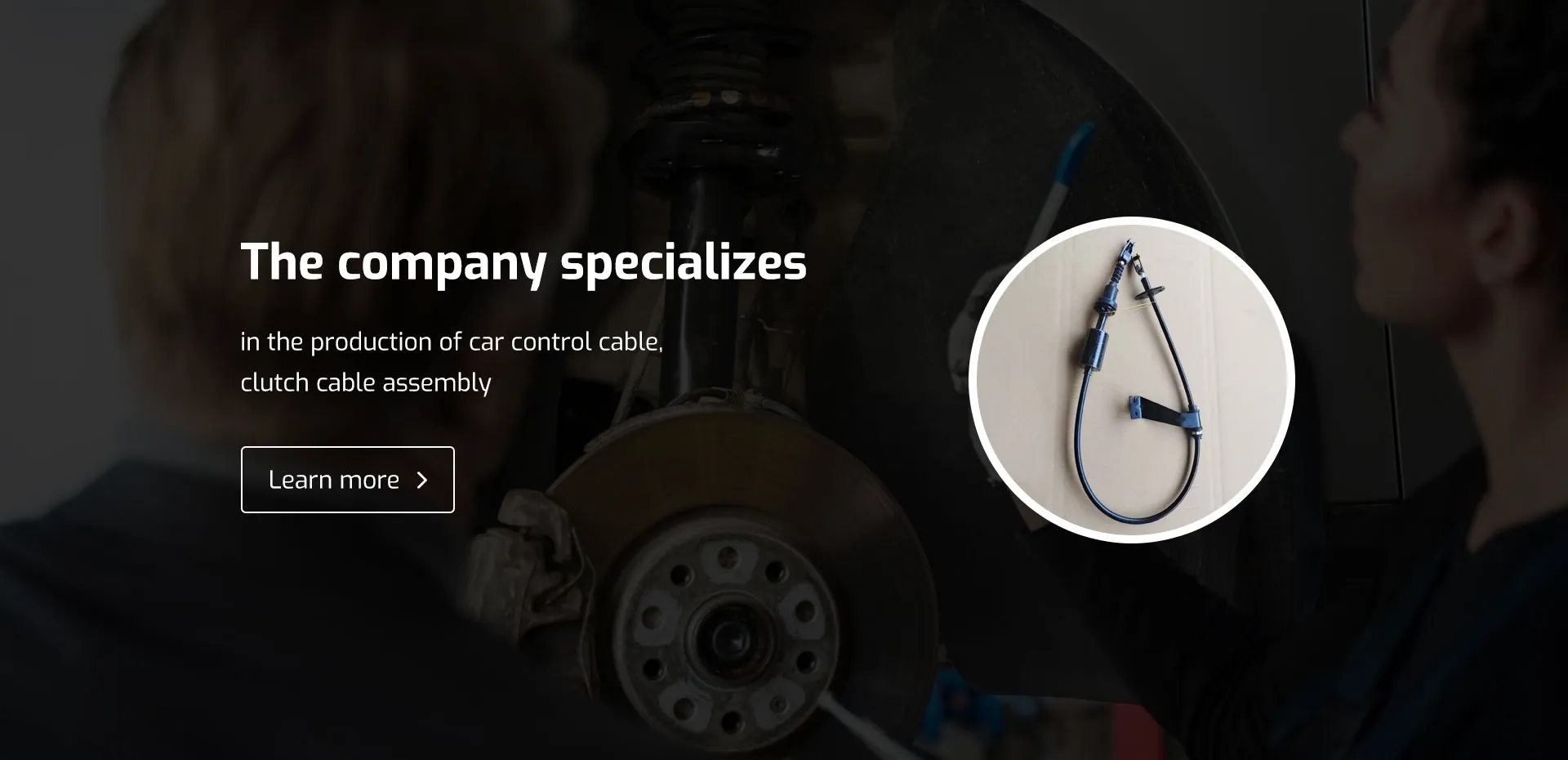throttle and clutch
Understanding Throttle and Clutch in Vehicle Dynamics
In the realm of automotive mechanics and driving dynamics, two components play critical roles in the performance and control of a vehicle the throttle and the clutch. While both are essential for the operation of manual transmission vehicles, they serve very different functions, each contributing to the driver’s ability to manage speed and power effectively.
The throttle controls the engine’s air intake, dictating how much fuel is mixed with air to produce power. When the driver presses the accelerator pedal, the throttle opens up, allowing more air to enter the engine. This increase in airflow generates more power, propelling the vehicle forward. The responsiveness of the throttle is vital; a well-tuned throttle can enhance acceleration and provide the driver with the necessary power to navigate various driving conditions.
Conversely, the clutch is integral to managing the connection between the engine and the transmission. It allows the driver to disengage the engine from the wheels, thereby enabling smooth gear shifts at various speeds without damaging the gearbox. When the clutch pedal is pressed, the connection between the engine and transmission is temporarily broken, allowing the driver to shift gears smoothly. Releasing the clutch gradually re-engages the engine with the wheels, allowing power to flow again. Mastering the clutch is essential, especially in manual transmission vehicles, as improper usage can lead to stalling, jerky movements, or even excessive wear on the clutch itself.
throttle and clutch

A balanced interaction between the throttle and clutch is crucial for optimal vehicle performance. During acceleration, a driver must carefully modulate both components. For instance, when starting from a standstill, the driver needs to gently increase the throttle while gradually releasing the clutch. This synchronization allows for a smooth launch without stalling the engine or straining the drivetrain.
Moreover, understanding the relationship between throttle and clutch is essential for advanced driving techniques such as heel-and-toe downshifting. This technique allows drivers to maintain engine speed while downshifting, ensuring that the vehicle remains stable and responsive during deceleration. By simultaneously operating the throttle and clutch while braking, drivers can match the engine’s RPM with the transmission speed, resulting in smoother transitions between gears.
In conclusion, the interplay between the throttle and clutch is a fascinating aspect of vehicle control that emphasizes the importance of driver skill and understanding of automotive mechanics. Mastery of these components not only enhances performance but also ensures safety on the road. Whether you are an experienced driver or a novice learning the ropes, appreciating the roles of the throttle and clutch can significantly improve your driving experience and vehicle handling. As you develop your skills behind the wheel, remember that the synergy between throttle and clutch is a dance that requires practice, patience, and precision.
-
Upgrade Your Clutch System with Premium Hydraulic Clutch LinesNewsJul.31,2025
-
Unlock the Power of Precision with Our Throttle CablesNewsJul.31,2025
-
Unleash Power and Precision with Our Accelerator CablesNewsJul.31,2025
-
Experience Unmatched Safety with Premium Handbrake CablesNewsJul.31,2025
-
Enhance Your Vehicle's Performance with Quality Gear CablesNewsJul.31,2025
-
Workings of Clutch Pipe and Hose SystemsNewsJun.04,2025
